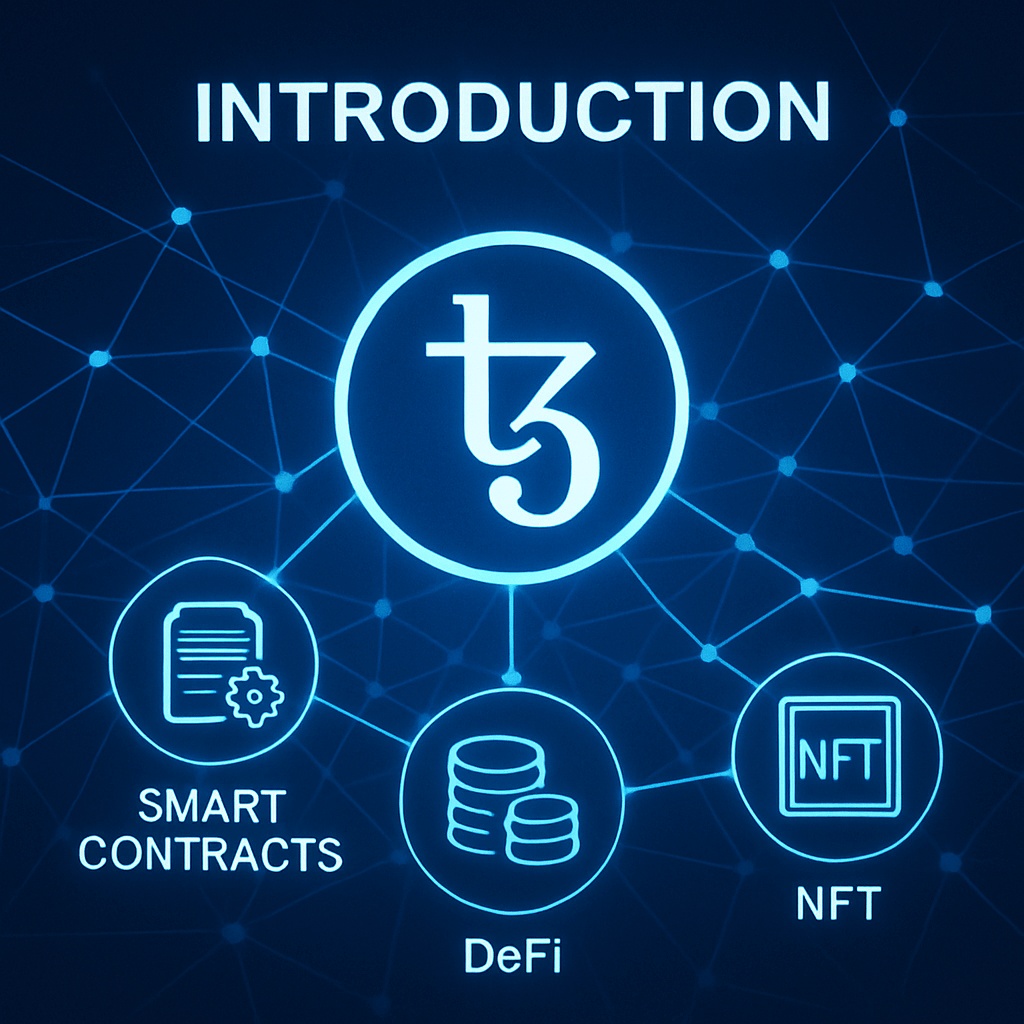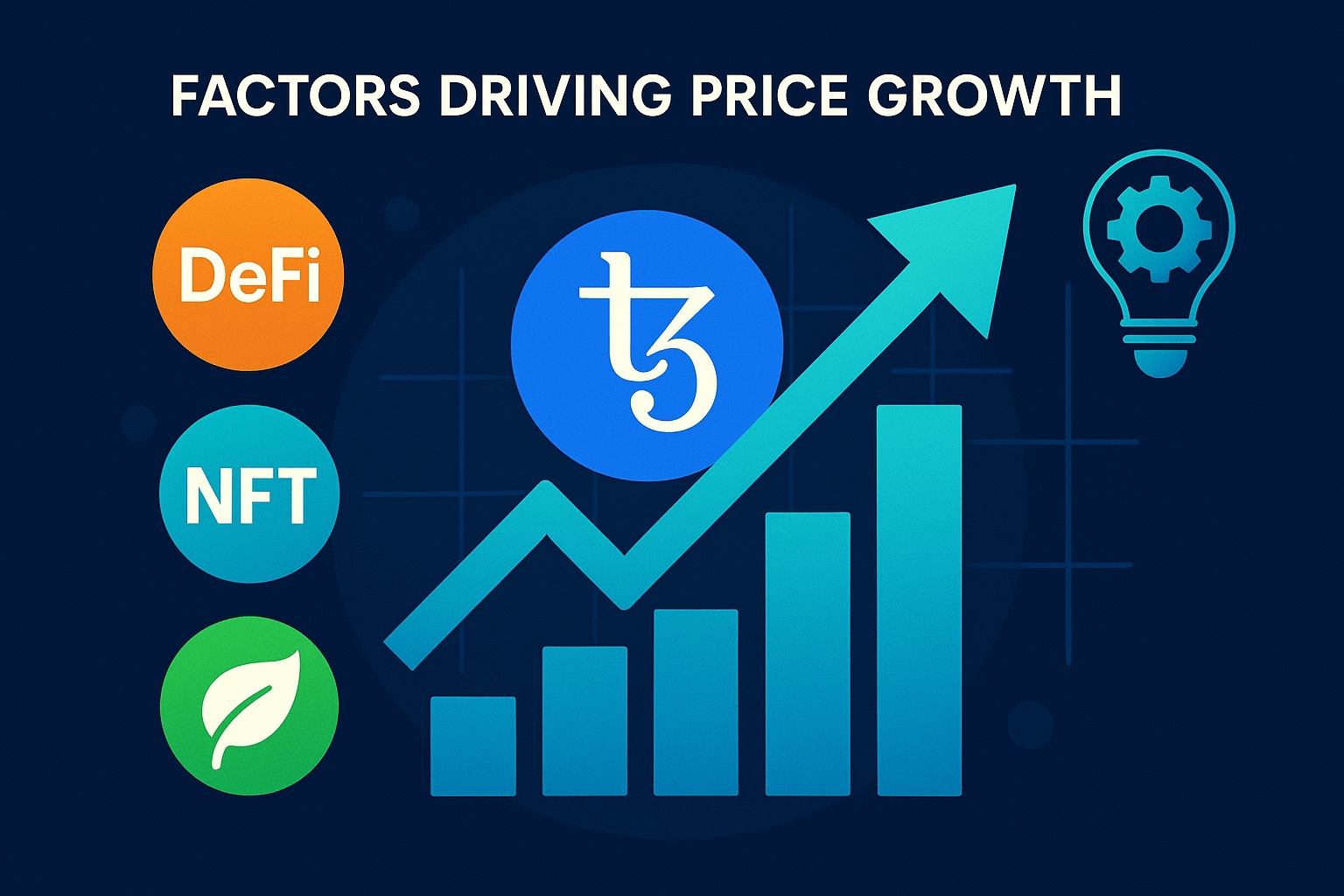Tezos (XTZ) Price Forecast for the End of 2025: In-Depth Insights and Analysis
This article is intended for informational and educational purposes only and does not constitute financial advice. Cryptocurrency investments carry significant risks.
Introduction
Tezos (XTZ) is valued at approximately $0.72. As a self-amending blockchain platform, Tezos focuses on decentralized finance (DeFi) and smart contracts, leveraging Proof-of-Stake consensus with on-chain governance. With a market capitalization of around $773 million and a daily trading volume of about $31 million, XTZ is a notable player in the crypto ecosystem. This analysis explores XTZ’s price potential by the end of 2025, covering bullish and bearish scenarios, key growth drivers, and risks based on market trends and ecosystem developments.

Current Situation
Tezos (XTZ) is trading at around $0.72, with a market capitalization of approximately $773 million and a circulating supply of ~1.08 billion tokens. The 24-hour trading volume is ~$31 million, slightly lower than recent levels. XTZ is actively traded on major exchanges like Binance, Coinbase, and Kraken, primarily in USDT and USD pairs. Technical indicators suggest a neutral-to-bearish market: the Relative Strength Index (RSI, 14) is near 50, within a descending trend channel, indicating a moderate bearish trend. Over the past year, XTZ’s price has ranged from $0.50 to $1.20, with support at $0.70–$0.69 and resistance at $0.75–$0.77 and $0.80–$0.85.
Price Predictions for End of 2025
Projections for Tezos (XTZ) by the end of 2025 vary based on market dynamics and network advancements:
- Bearish Scenario: XTZ could trade between $0.70 and $0.73 if market conditions weaken or protocol upgrades underperform. Some forecasts estimate a low of ~$0.712.
- Base Scenario: The expected range is $0.73–$1.00, with analysts predicting an average of ~$0.90–$1.20, driven by steady ecosystem growth.
- Bullish Scenario: In a robust bull market with increased adoption, XTZ could surpass $2, with optimistic estimates reaching up to $2.73.
Consensus estimate: $0.70–$1.50, with an expected average of ~$0.90–$1.20.
Factors Driving Price Growth
- Protocol Upgrades: Tezos’ self-amending mechanism and on-chain governance enable seamless enhancements, attracting developers for DeFi and NFTs.
- Partnerships and Adoption: Growing enterprise collaborations and regulatory compliance bolster real-world use cases.
- Market Optimism: A bullish outlook for 2025 supports potential price recovery and ecosystem expansion.
- Community Engagement: Staking rewards and active governance participation enhance holder involvement.
- DeFi Expansion: Rising total value locked (TVL) and dApp integrations strengthen network utility.

Risks and Downward Factors
- Technical Challenges: Potential delays in upgrades or governance disputes could hinder network stability.
- Regulatory Pressures: Evolving cryptocurrency regulations may impact compliance and adoption.
- Competition: Rivalry from Ethereum Layer 2 solutions and other Proof-of-Stake chains could reduce market share.
- Market Volatility: High volatility and potential market corrections could push prices down to $0.70.
- Token Inflation: Ongoing token emissions may dilute value if demand does not keep pace.
Volatility Analysis
Tezos’ technical outlook is neutral-to-bearish. The RSI (14) ≈ 50 indicates balanced momentum, while the MACD shows early bullish signals within a consolidating, descending trend channel. Key support levels are $0.70–$0.69, with resistance at $0.75–$0.77 and $0.80–$0.85. Trading volumes are moderate (~$30 million/day), with moderate volatility (7-day range $0.68–$0.77). Tezos’ governance and DeFi growth provide long-term potential, but competition and volatility may cap short-term gains.
Conclusion
By the end of 2025, Tezos (XTZ) is projected to trade between $0.70 and $1.50, with a base case of ~$0.90–$1.20. A bearish market could see prices at $0.70–$0.73, while a bullish scenario with strong adoption could push XTZ above $2. Growth is driven by protocol upgrades, partnerships, and DeFi expansion, but risks include regulatory challenges, competition, and volatility. Investors should monitor protocol upgrades, TVL, and market trends. For more details, visit tezos.com.